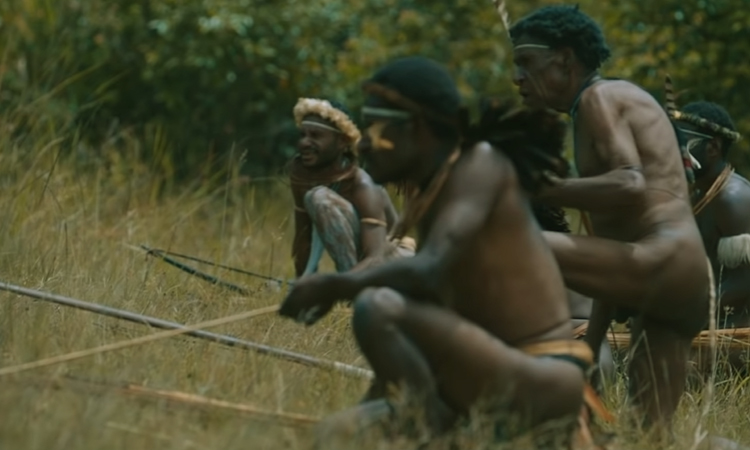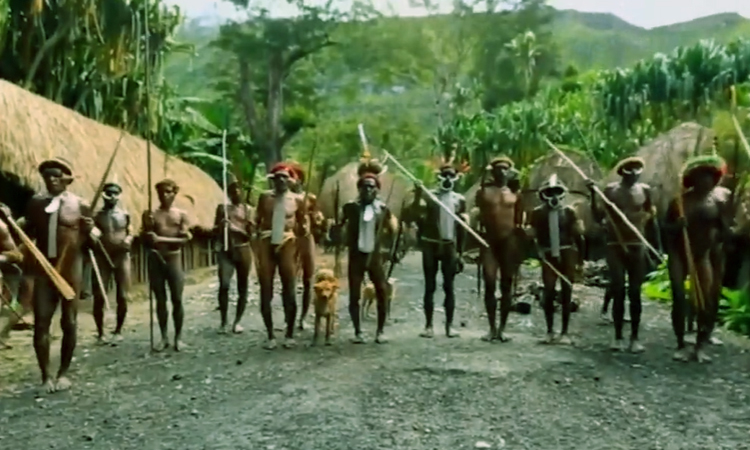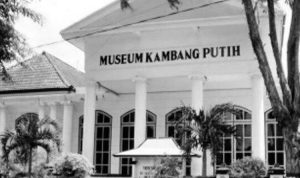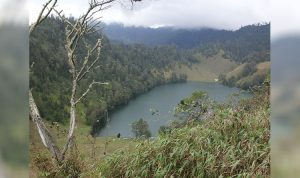Aprimitiveplace.net – The Dani tribe is an indigenous ethnic group inhabiting the central highlands of Papua, Indonesia, particularly around the areas of the Jayawijaya Mountains. They are known for their unique traditions, culture, and way of life. One of the key aspects of their society is their social and political structure, which includes the concept of the “Ruler of Mount Jayawijaya.”
The Dani tribe’s society is organized in a traditional manner with a strong emphasis on kinship and social roles. In their culture, authority is often distributed among local leaders and elders. The “Ruler of Mount Jayawijaya” is not a centralized ruler in the way that the title might suggest. Instead, it refers to a local leader or chief within the tribe who holds influence and authority within their community.
The leader’s authority is usually not absolute, but rather based on the respect and recognition they receive from the members of their tribe. They often act as mediators in disputes, make decisions related to the welfare of the community, and play a role in preserving the cultural and spiritual aspects of Dani society.
The Dani tribe is also famous for their distinctive customs and rituals, including the use of traditional clothing, body painting, and the practice of “pig festivals.” These festivals involve the exchange of pigs and other valuables, and they serve as a way to establish social relationships, settle conflicts, and reinforce the tribe’s social cohesion.
It’s important to note that the Dani tribe and their cultural practices have been undergoing changes over the years due to various factors, including modernization, contact with the outside world, and the influence of Indonesian government policies. While many Dani people still maintain aspects of their traditional way of life, there have also been adaptations and shifts in response to changing circumstances.
As of my last update in September 2021, I don’t have specific information on the most recent developments within the Dani tribe or updates on the “Ruler of Mount Jayawijaya.” It’s advisable to consult more recent sources or anthropological studies for the latest information on the Dani tribe and their cultural practices.
How Has Modernization Affected the Dani Tribe?
Modernization has had a significant impact on the Dani tribe and their way of life. Here are some of the ways in which modernization has affected the Dani tribe:

1. Cultural Change: Contact with the outside world, including tourists, researchers, and government officials, has introduced the Dani tribe to new ideas, technologies, and cultural influences. This has led to changes in their traditional practices, clothing, and social dynamics. Some Dani individuals have adopted aspects of modern clothing and lifestyles, leading to a shift away from their traditional customs.
2. Infrastructure and Connectivity: Improved infrastructure, such as roads and communication networks, has brought greater connectivity to Dani communities. This has both positive and negative effects. While it facilitates access to education, healthcare, and markets, it also exposes the tribe to outside influences and potential exploitation.
3. Economic Changes: Modernization has brought changes to the Dani tribe’s economic activities. With improved access to markets, some Dani people have engaged in cash-based economies, selling traditional crafts, agricultural products, and other goods. This shift can lead to changes in their traditional subsistence-based economy and alter their relationship with the land.
4. Education and Health: Access to education and healthcare has improved with modernization. While this can lead to better opportunities and improved well-being for the Dani people, it can also result in the erosion of traditional knowledge and practices as younger generations adopt more modern ways of life.
5. Cultural Erosion: Aspects of Dani culture, such as traditional language, rituals, and customs, are at risk of being lost due to the influence of modernization. Younger generations may be less interested in practicing traditional rituals, leading to a potential decline in cultural continuity.
6. Land and Resource Pressures: Increased contact with the outside world has led to greater demand for land and resources, often resulting in conflicts over land ownership and resource use. Logging, mining, and other resource extraction activities can disrupt the traditional relationship the Dani people have with their land.
7. Tourism Impact: The Dani tribe has become a subject of interest for tourists, photographers, and researchers. While tourism can bring economic benefits, it can also commodify aspects of their culture and lead to cultural appropriation. It’s important for responsible and ethical tourism practices to be upheld.
8. Government Policies: Indonesian government policies, such as land ownership regulations and development projects, can have a significant impact on the Dani tribe’s way of life. These policies can both facilitate and hinder modernization efforts, depending on their nature and implementation.
It’s worth noting that the effects of modernization are complex and multifaceted. Some Dani individuals may embrace aspects of modernization as they seek better opportunities and living conditions, while others may strive to maintain their traditional way of life. Balancing the preservation of cultural heritage with the benefits of modernization is a challenge that many indigenous communities, including the Dani tribe, face in today’s world.

More About Dani Rituals
The Dani tribe is known for their unique rituals and cultural practices, many of which are deeply rooted in their traditional beliefs and way of life. These rituals play a significant role in maintaining social cohesion, passing down cultural knowledge, and connecting the Dani people with their ancestral heritage. Here are some examples of Dani rituals:
1. Pig Festival (Sawi): The pig festival is one of the most well-known and elaborate rituals of the Dani tribe. Pigs hold great cultural significance for the Dani people, symbolizing wealth, social status, and connections. During a pig festival, pigs are exchanged between different clans or families. The exchange strengthens social bonds, resolves conflicts, and establishes relationships. The festival is accompanied by traditional songs, dances, and feasting.
2. Warrior Rituals: In the past, warfare was a common practice among the Dani tribe, and warriors held a special status. Warrior rituals were performed before battles to invoke supernatural protection and ensure success. These rituals involved chanting, dancing, and the use of traditional weapons and symbols.
3. Initiation Ceremonies: Initiation ceremonies mark the transition of young individuals from childhood to adulthood. These ceremonies vary among different Dani communities, but they generally involve rituals, dances, and tests of strength and endurance. Initiates are expected to demonstrate their readiness to take on adult responsibilities within the tribe.
4. Fertility and Harvest Rituals: The Dani people have rituals associated with fertility and agricultural success. These rituals are performed to ensure bountiful harvests and healthy livestock. Traditional dances, songs, and offerings are made to appease ancestral spirits and seek their blessings for prosperity.
5. Death and Mourning Rituals: Death is an important phase in Dani culture, and mourning rituals are carried out to honor the deceased and guide their spirits to the afterlife. Rituals include wailing, singing funeral dirges, and preparing the body for burial. The deceased person’s belongings might be placed near the grave, and there are rituals to help guide the soul on its journey.
6. Spiritual Beliefs: The Dani tribe holds spiritual beliefs that revolve around the concept of spirits and supernatural forces. These beliefs influence many aspects of their rituals. Ancestral spirits are believed to influence the well-being of the tribe, and offerings and ceremonies are conducted to maintain a harmonious relationship with these spirits.
7. Festival Celebrations: The Dani tribe celebrates various festivals throughout the year to mark important events such as harvests, marriages, and other significant occasions. These festivals involve communal feasting, dancing, singing, and the wearing of traditional attire.
It’s important to recognize that the authenticity and practice of these rituals may vary among different Dani communities, and some of these practices may have evolved or changed over time due to factors like modernization and outside influences.
Additionally, as of my last update in September 2021, specific details about Dani rituals might vary based on the location and subgroup within the tribe. For the most accurate and up-to-date information, consulting recent anthropological studies and sources from within the Dani community is recommended.







